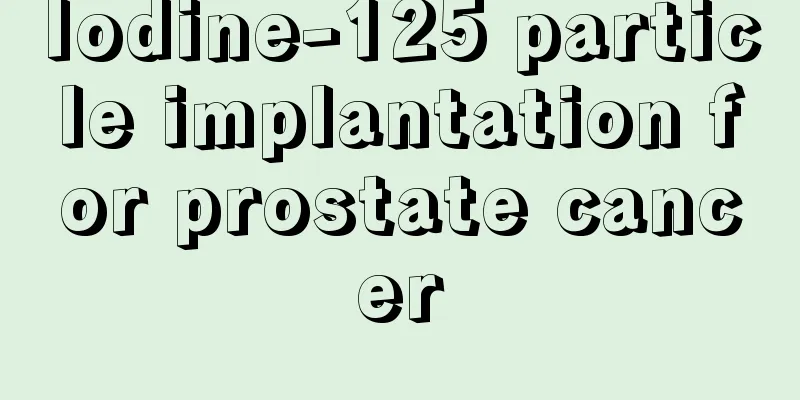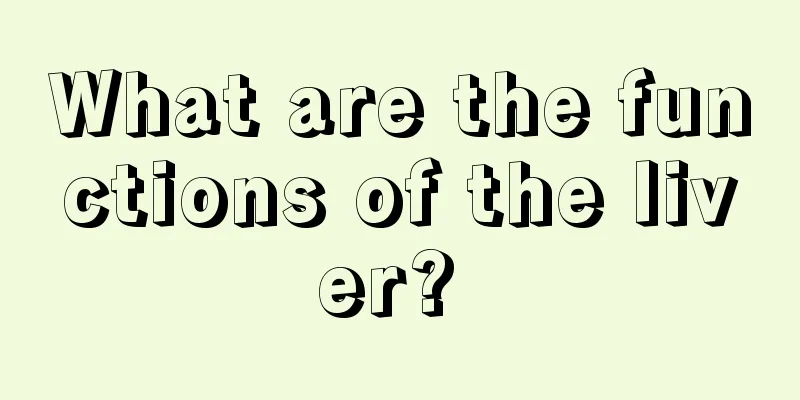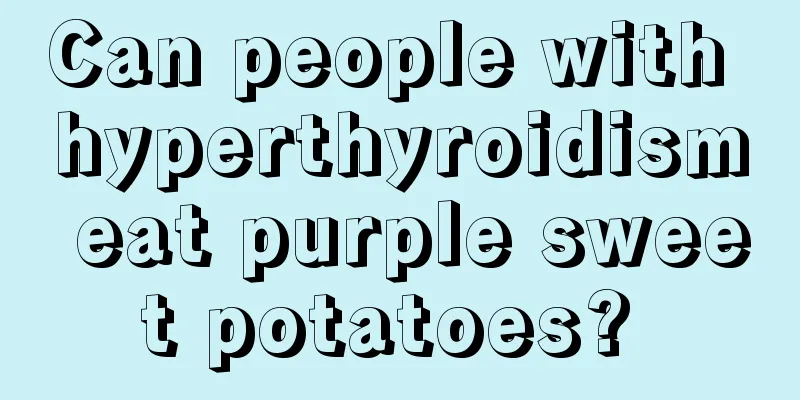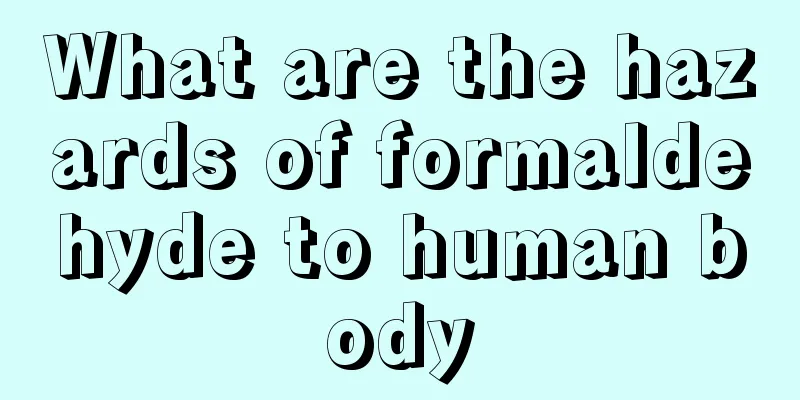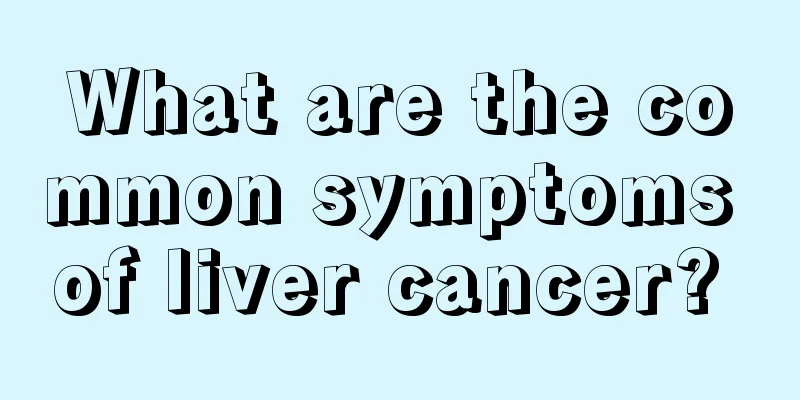What causes pointed feet

|
Pointed feet can be divided into two types, physiological spur feet and pathological. This is worth noting that many children are in the process of learning to walk. Some of them are curious and playful, and the condition can be improved by slowly correcting it by standing on tiptoe. However, some cannot be corrected, and the body will be accompanied by symptoms of forced rigidity, so it should be considered as a disease factor. Symptom classification There are physiological scissor feet and pathological scissor feet, that is, normal and abnormal. Pathological pointed feet Since pathological scissor feet often indicate that the baby may have a certain degree of brain damage or abnormal brain development, parents need to pay enough attention to it. Physiological pointed feet Normal infants under one year old will have transient scoliosis during their growth and development stage, mainly during the stage of supported standing and jumping at around 4 months and the stage of sustained standing starting at around 10 months. The scoliosis will disappear as the infants grow and develop. This is physiological scoliosis. Physiological scissor feet requires close follow-up observation by parents. Disease characteristics 1. Pointed feet persist for a long time and do not disappear; 2. Pointed feet with delayed motor development; 3. Pointed feet appear before 4 months of age; 4. The degree of pointed feet is quite obvious; 5. Pointed feet with poor visual and auditory response; 6. Pointed feet with other abnormal postures. Since the spur toes phenomenon at 4 and 10 months can be either physiological or pathological spur toes, it is difficult for parents to distinguish them. It is recommended to go to the child health department for examination and identification. Turning over and developing 3-6 months is the rolling over development period. The process of turning over generally includes the following four steps: A. The neck erection reflex is mainly seen in newborns. It is caused by the difference in muscle tension distribution under the control of the Moro reflex and the neck erection reflex. B. Dorsiflexion and opisthotonos: The turning over movement starts with rotating the shoulder to one side, extending the spine, and flexing the head dorsiflexion to opisthotonos. Most people can only turn over to the side-lying position. C. Automatic turning over: It is under subcortical control and is mostly purposeless. It starts with raising the pelvic girdle and flexing the trunk, and the entire turning over movement can be completed. D. Purposeful turning over: Turning over purposefully under the control of the cortex. The shoulders and pelvis can rotate to one side at the same time, and can be in a crawling position or a sitting position. The movements can be flexibly adjusted. The baby cannot roll over and his development mostly stops at item A or item B, which means that he is under the control of primitive reflexes and his upright and balance reactions at the midbrain and cortical levels are not mature. |
<<: Can an eye injury heal itself automatically?
Recommend
Is prostate cancer dangerous and can it be cured?
Prostate cancer is a common male malignancy. Earl...
Ways to relieve headaches
Headache is a symptom that many people will encou...
Can patients with cervical cancer exercise?
Can patients with cervical cancer exercise? Cervi...
What to eat for hair loss
The amount of hair for many people is in a rather...
How to fart after appendectomy surgery
Appendicitis is very common in clinical practice....
What is the cause of toothache
Teeth are a very important part of people's o...
Will washing your hair with sulfur soap cause hair loss?
In our lives, we often hear our grandparents talk...
What to eat when your mouth tastes bland
We all know that the human taste organs are very ...
Notice! These 53 diseases do not require infusion!
The Anhui Provincial Health and Family Planning C...
One minute method to fall asleep
More and more people are having a headache when i...
Will holding urine frequently cause hematuria?
In life, many people have developed the habit of ...
How to tie a bow belt
No matter which season the clothes are, many clot...
The difference between impacted teeth and wisdom teeth
Oral health is very important because it is close...
How to prevent glioma in children
Glioma is now a common disease, and the age of on...
Steps for drainage of perianal abscess
Perianal abscess drainage is actually a treatment...

